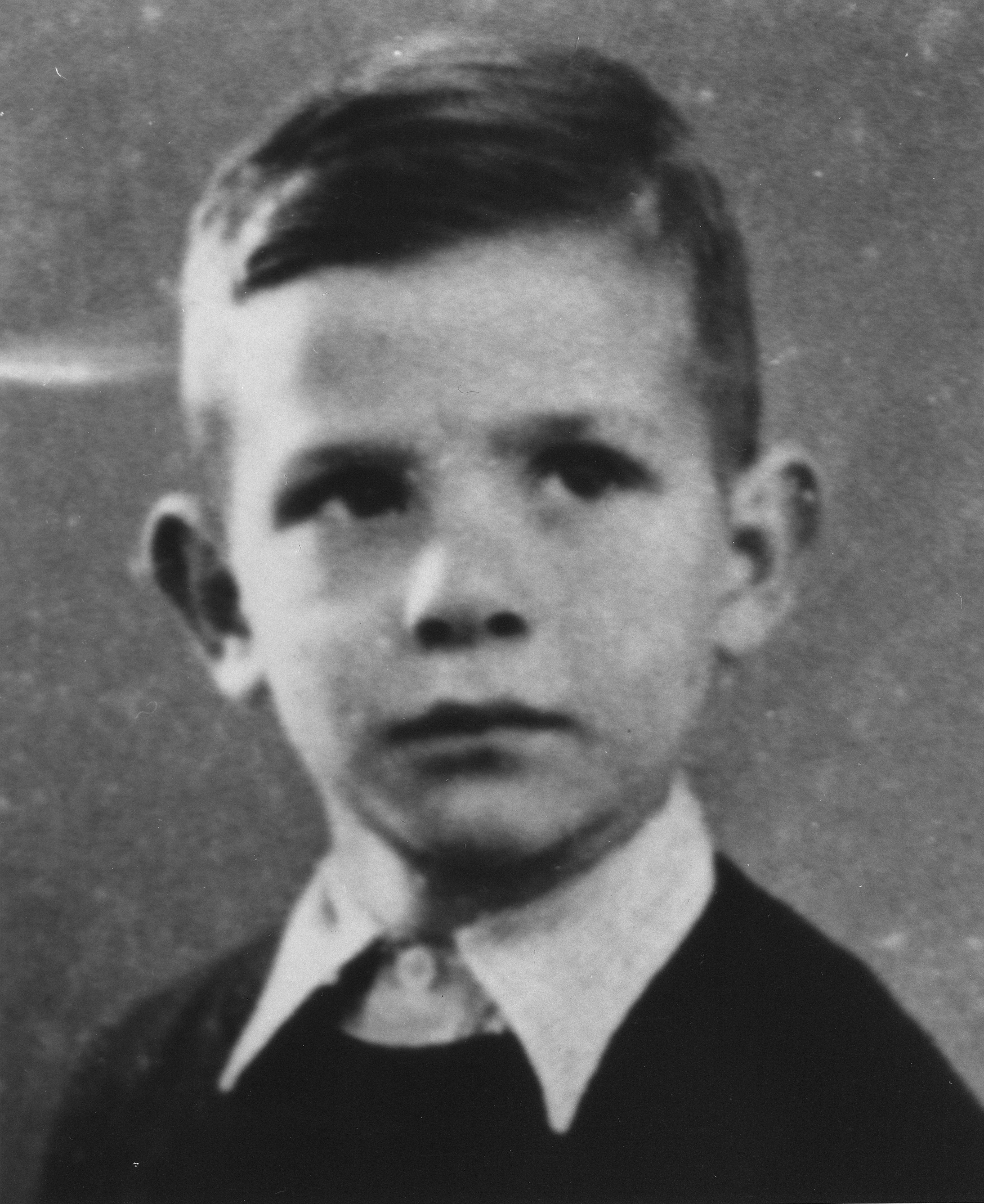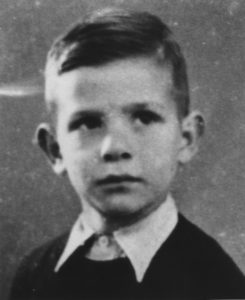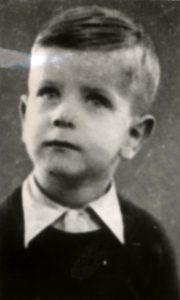
Similarities connect children of current Syrian crisis to those of Holocaust
Although the Holocaust occurred more than 50 years ago, once again history seems to be repeating itself. The Syrian crisis finds thousands of Syrians attempting to flee their country due to violent civil war. Those who are not fortunate enough to get out of the country face air raids, bombings, constant terrorist attacks and are even at risk of losing their lives.
During the Holocaust, Jewish children were smuggled on Kindertransports (children transport) or, in the case of the Pfeffer brothers, were left behind to face the Nazi persecution.

The Pfeffer brothers were Jan-Peter and Thomas. Jan-Peter was the older of the two and was born on May 3, 1934, in Amsterdam, the Netherlands. The family moved to the Netherlands as soon as the Nazis rose to power in 1933 in an attempt to avoid persecution. Henriette De Leeuw, their mother, was nine months pregnant with Jan-Peter when they moved to the Netherlands. In November of 1936, a few years after Jan-Peter was born, the Pfeffers were blessed with another son whom they named Thomas.
When Jan-Peter was 6 and Thomas was 4, the Nazis put a decree in place that prohibited Jewish people from living normal lives. What seems barbaric and illegal now was perfectly legal then in Nazi Europe. When the Nazis invaded the Netherlands, Jewish families tried to flee or hide wherever they could; this included Anne Frank, who hid in Amsterdam for two years.
Unfortunately, the Pfeffer’s could not get their two sons out of the country, no matter who they approached or how hard they tried. The world would not accept these small Jewish boys.
When Thomas was 7 and Jan-Peter was 9, the Pfeffers were sent to a ghetto called Terezin, which was in Czechoslovakia. In the ghettos, disease and hunger were very present. The ghetto was overcrowded with Jews from all over Europe, most of which would starve to death or die of disease. The food was rationed and corpses lying on the ghetto ground was a common sight as well.
Thomas and Jan-Peter were among the thousands of starving children who were forced to live in filthy and overcrowded conditions among other Jews they did not even know. They lived in in a one-room place with eleven or more people crammed into it.
On May 18, 1944, the Pfeffer family was deported to Auschwitz. In Auschwitz, most of the children died immediately after getting off the train, but Jan-Peter and Thomas were spared from the gas chambers that night. They were tattooed and their belongings were taken from them. The brothers were separated from their father and taken away with their mother. Little did they know that their father would die in the gas chambers shortly after they arrived.

The brothers managed to survive a little less than two months in Auschwitz. Surviving Auschwitz was not easy, and as the boys found out, death was around them constantly. The boys managed to hide wherever they could but their luck eventually ran out. On July 11, 1944, Jan-Peter, 10, and Thomas, 7, were placed in a gas chamber, along with a hundred other Jews, and gassed to death. Death took fifteen minutes. Jan-Peter and Thomas Pfeffer were taken from the chamber, they were dissolved and they became part of the grounds of Auschwitz.
At the end of the WWII, more than 1.1 million Jews were murdered in Auschwitz. More than 6 million Jews died during the Holocaust as part of the Nazi Party’s Final Solution. The Final Solution was the Nazi’s plan to kill every Jew and other races they deemed unfit for living.
The world then is not any different than the world today. The Jewish people were seen as a threat and the rest of the world did not to want to accept them into their countries. Jan-Peter and Thomas Pfeffer could have been saved if an organization or a church had stepped up to save them.
The crisis going on today with Syria mirrors the Pfeffer’s struggle for survival. The Jewish children and the Syrian children both face a world with too much apathy. The terrorism in Syria is destroying lives just as the Nazis destroyed the Jewish people’s lives. The Syrian children struggle to find a place to live in this world. The Xenophobic views of the world allowed 1 million Jewish children to die.
The recent terrorist attacks have made the world more fearful to accept Syrian refugees who are fleeing for their lives, just as the Jewish refugees were refused entry during WWII. How are these Syrian children suppose to reach adulthood if we do not help them? They will end up like the 1 million Jewish children who did not live to see their next birthdays. The Pfeffer brothers would have been about 82 and 80 had they survived the Holocaust.
What can we do to help the Syrian children? There is an organization called Embrace Refugees. Their website shows how one can get involved in helping refugees. Only 59 percent of Americans feel that we should help refugees. This is not a lot and we can do more for these children.
Learn more about the Pfeffer brothers: Jan-Peter and Thomas.
Or visit Yad Vashem’s website.
